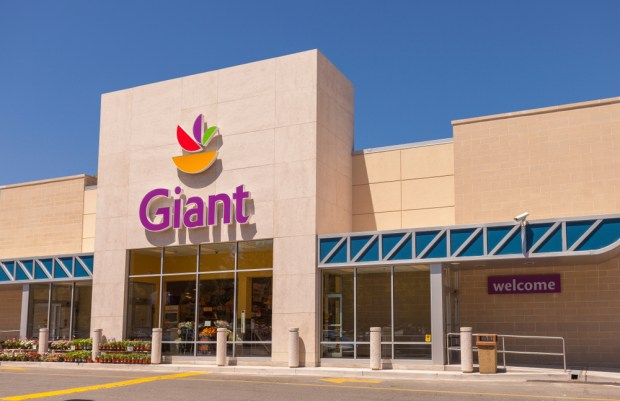Giant Food Closes Three eCommerce Facilities as Grocers Rethink Fulfillment

As merchants look for ways to improve the margins of online grocery, Giant Food is backpedaling, reportedly closing three delivery fulfillment centers to find a better model.
Grocery store chain Giant Food, the Landover, Maryland-based Ahold Delhaize subsidiary spanning 165 stores in the DMV region and Delaware, is shuttering its eCommerce delivery fulfillment centers in Hannover, Maryland; Manassas, Virginia and Milford, Delaware, according to Washington, D.C. area news outlet WTOP, affecting around 400 jobs.
The news comes just months after the grocer announced the opening of its Manassas facility in early May.
“Our mission is to meet the changing needs of our delivery customers who are increasingly looking for faster delivery … and a broader assortment,” a Giant spokesman told the news outlet. “We are adapting our operating structure to better meet these needs and provide this important service for our customers through a localized fulfillment model.”
It is unclear what this more “localized” model will look like, but many grocers use their physical stores to fulfill eCommerce orders. This strategy has significant disadvantages, including negatively impacting pickers’ efficiency and making stores more crowded for brick-and-mortar customers. Still, for grocers that do not have the means to operate full fulfillment centers or even to sink the cost into smaller dark store facilities, it can be one of the few options.
Giant Food confirmed these closures and declined PYMNTS’ request for further comment.
Overall, a small but growing share of grocery purchases are made online. According to research from PYMNTS’ study “Tracking the Digital Payments Takeover: Catching the Coming eCommerce Wave,” created in collaboration with Amazon Web Services (AWS), which drew from an April survey of nearly 2,700 U.S. consumers, 32% of shoppers report that they are very or extremely likely to increase their online grocery purchases in the next year.
Notably, more consumers are interested in purchasing groceries online for pickup rather than delivery, perhaps due to the lower fees of the pickup channel and perhaps because swinging by the store can be more convenient for those out and about than waiting around for an order to arrive.
In fact, at the close of last year, even later-date delivery proved more popular than the more on-demand model that Giant Food appears to be shifting to. Data from PYMNTS’ study “12 Months of the ConnectedEconomy™: 33,000 Consumers on Digital’s Role in Their Everyday Lives” found that 41% of consumers reported purchasing groceries online for curbside pickup at the close of last year, while a slightly lower 40% of consumers reported that they had groceries delivered to their homes at a later date, and only 34% opted for same-day delivery.
Across the industry, even the largest grocers are looking to boost the margins of their eCommerce fulfillment channels.
Kroger, the United States’ largest pure-play grocer, spoke on its most recent earnings call to “improvements in digital profitability,” per chief financial officer Gary Millerchip’s comments, and Walmart, the world’s largest grocer, is similarly focused on boosting eCommerce margins, leveraging its stores to do so.
“One of our strategic priorities is improving digital margins with an eye toward e-commerce profitability,” Walmart Chief Financial Officer John David Rainey told analysts on a call earlier this month. “I’m pleased with the progress we’re making, particularly in Walmart U.S. contribution profit, which has been driven by fulfillment efficiencies and better product margins. We’re leveraging our stores to fulfill more than 50% of digital orders.”

